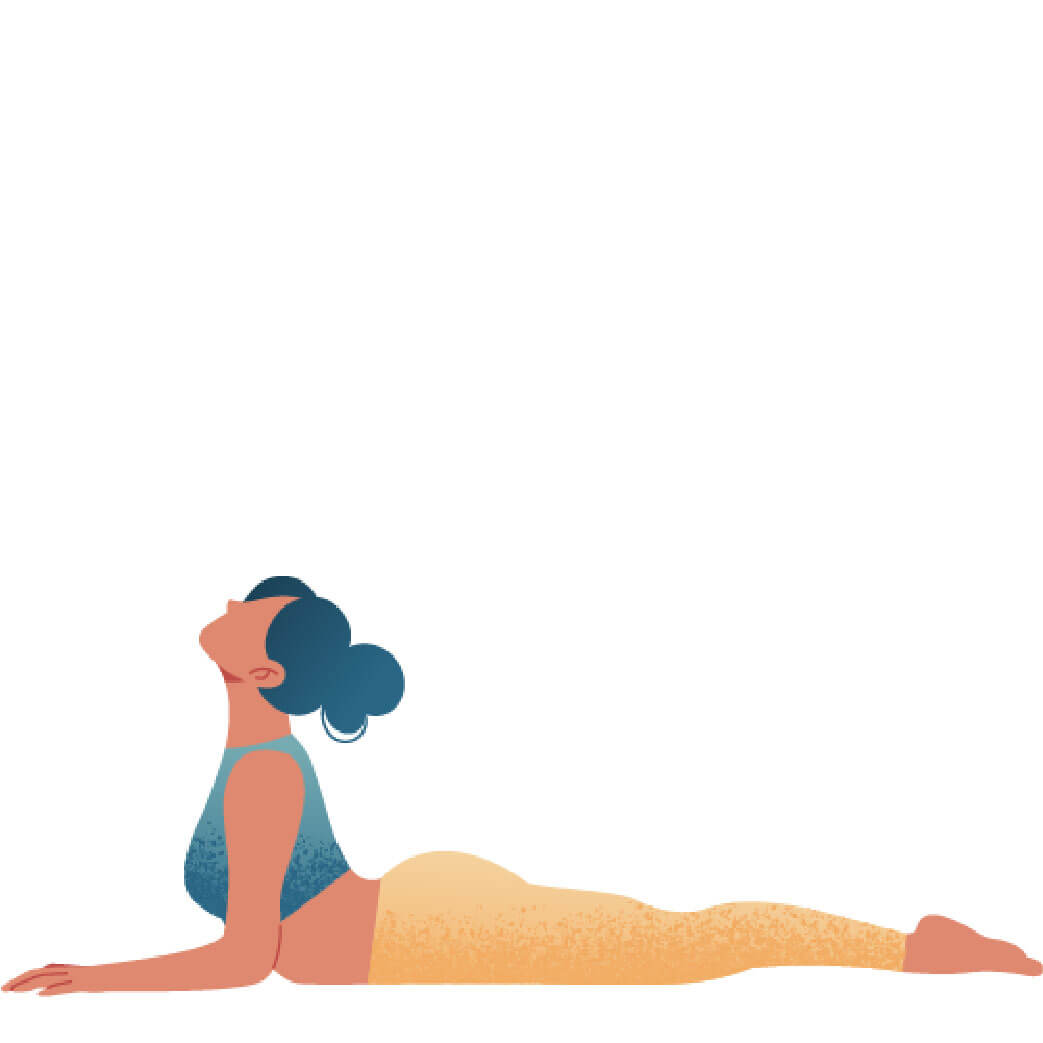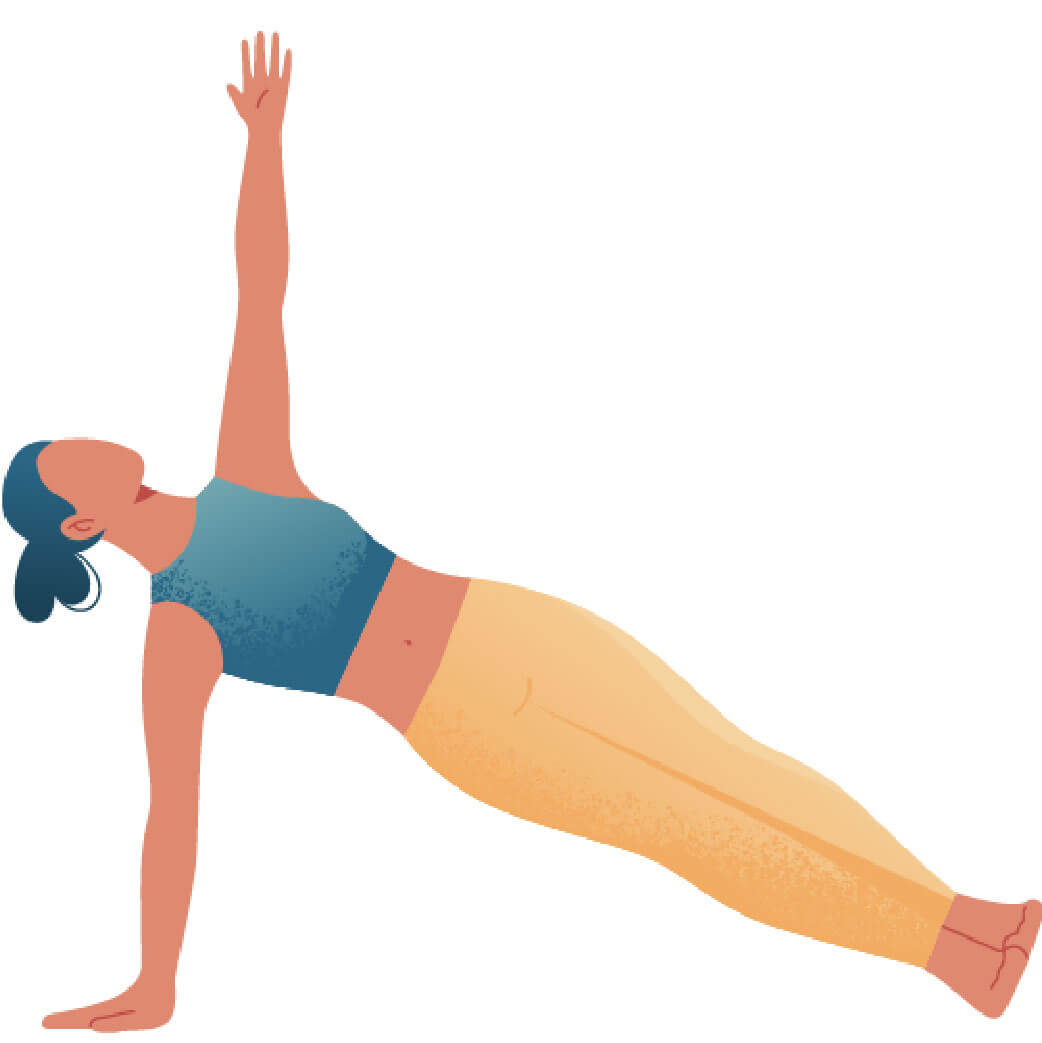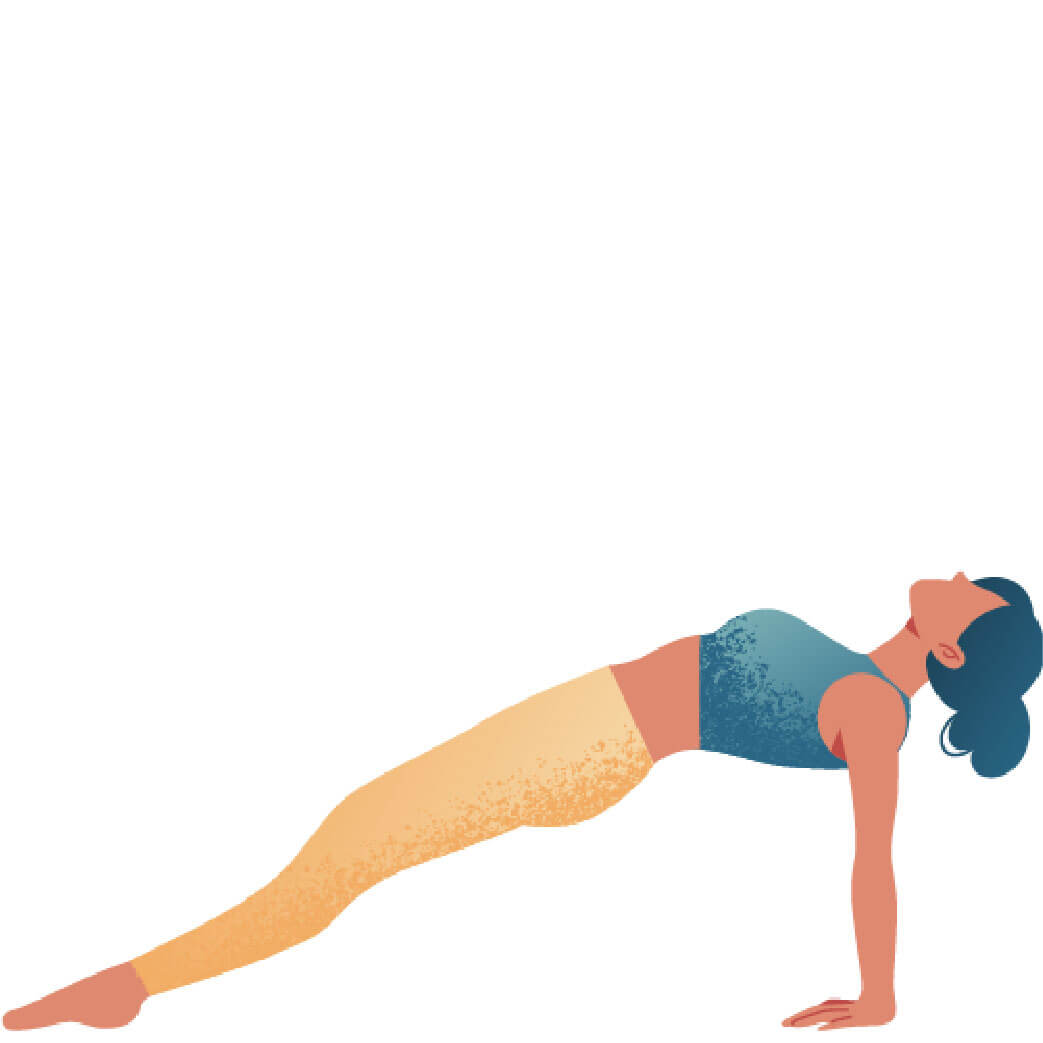
- Sanskrit (Original): Phalakāsana
- Etymology: Plank, board (phalaka); pose (āsana)
- Fun Fact about the pose: Usually, the breath is held when transitioning into this pose, hence its alternative name Khumbakasana (khumbaka meaning breath retention).
- Asana Type: Arm Balance
- Main length muscle groups: ["back leg","arm"]
- Main strength muscle groups: Spinal extensors and flexors; serratus anterior, rotator cuff, deltoid, biceps brachii, pronator quadratus, pronator teres; muscles of the wrists and hands; abdominal muscles; hamstrings, adductor magnus, quadriceps, gluteus maximus; muscles of the feet
- Vinyasa Breath: Inhale and exhale possible















